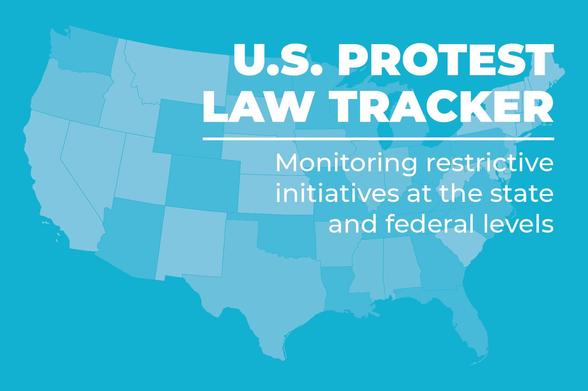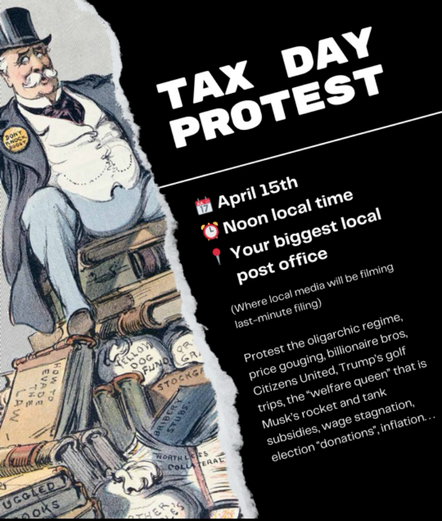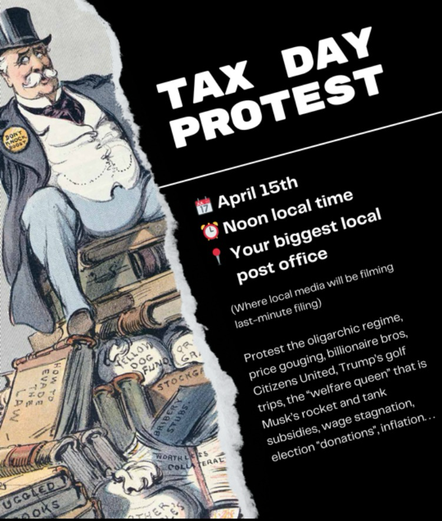Subsistence and community sufficiency.
For city-dwellers in an industrial age, it is easy to forget that successful resistance movements throughout history have been materially self-sufficient. Free communities grew, gathered, hunted, and fished their own foods. They relied on “the Commons.” They made their own houses and (as discussed in the chapter on logistics) they often equipped themselves with their own weapons, communications equipment, medical services, and so on. Indeed, the freedom to be self-sufficient on their people’s land was often the primary reason for struggle. Occupiers always try to separate resistance movements from the land and herd the people into controlled settlements, whether Indian reservations in the occupied Americas, the Jewish ghettos in occupied Europe, or the “strategic hamlets” in Vietnam.
***Community sufficiency is especially important in a time of economic and industrial decline. No resistance movement will be able to succeed in the coming decades without rebuilding or strengthening both its ties to the land and its capacity for self-reliance.*** [My emphasis]














